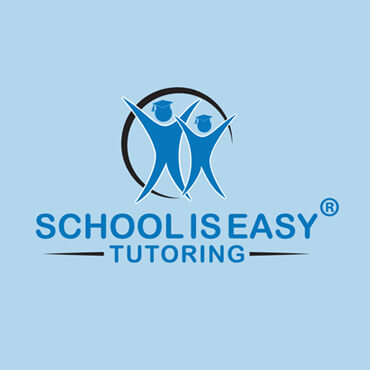
Oh, the joy of Pi Day—a mathematical jubilee celebrating one of the most influential numbers ever devised: Pi.
“Pi Day” was first introduced by physicist Larry Shaw at the San Francisco Exploratorium in 1988. Nearly twenty-one years later, on March 11, 2009, the U.S. House of Representatives passed a resolution officially designating March 14 as National Pi Day. Most people enjoy the day with delicious pies (in honor of the namesake) while chatting about the significance of Pi in mathematics and its applications in the real world.

But What is Pi?
Pi (or the Greek letter π) is the ratio of a circle’s circumference to its diameter. In other words, no matter the size of the circle, this ratio always remains constant. So, if you were to measure the circumference of any circle and divide it by the diameter, you would always get a value close to 3.14159 (which is shortened to 3.14 in most circles – no pun intended).
5 Rational Facts about an Irrational Number
As mentioned above, Pi Day is about two things: pie indulgence and exploring Pi’s quirky applications in the world around us. To help you on your Pi journey, here are five amazing facts about Pi that you probably didn’t know:
1. Pi is an irrational number, meaning the numbers in its decimal representation is infinite and non-repeating. Therefore, every number after 3.14 continues into infinity and no series of numbers ever repeats.
2. Pi Day also happens to fall on the birthday of one of the most influential scientists – none other than Albert Einstein! So, as you cut into that delicious piece of pie, make sure to toast Einstein and all he’s done for science!
3. Because Pi is an irrational number and its decimal representation goes into infinity without repeating, Pi enthusiasts around the world do their best to memorize the sequence. The current record stands at more than 70,000 digits memorized!
4. Along with its universal applications, Pi is used for more down-to-earth calculations. For instance, Pi influences architectural design, such as the structures like the Great Pyramid of Giza. Its ratio appears in the pyramid’s base perimeter, which is close to 2π times its height, demonstrating Pi’s impact on ancient architecture.
5. Because most objects in space move in an elliptical manner, it is important to use Pi in calculations. However, how do astronomers calculate mathematical results with an irrational number? The good news is scientists at the Jet Propulsion Laboratory (JPL) only need to calculate Pi to the 15th decimal (3.141592653589793) for their work.
Try Some Pi Day Goodness
Let’s savor the unique charm of Pi Day and our delightful journey into the world of Pi. And remember, as magical as mathematics is, some of us have a hard time calculating those irrational numbers. To help, make sure you check out School is Easy and its amazing math programs! By doing so, we can all embrace the intricate beauty of Pi








